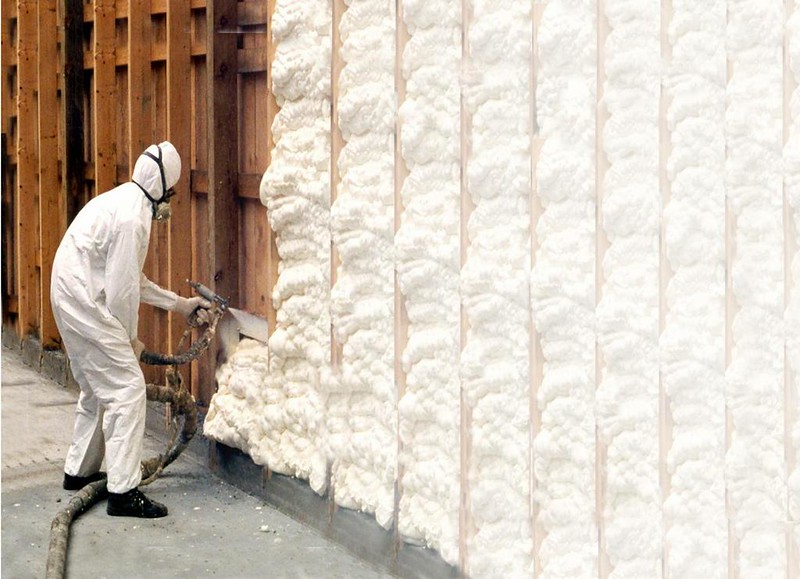Spray Foam Insulation: A Practical Guide for Homes
Spray foam insulation has become a go-to solution for homeowners and builders who want a tight building envelope and long-term energy efficiency. Unlike batt or loose-fill insulation, spray foam expands to fill gaps and can both insulate and seal air leaks in one application. This article explains what spray foam is, how it improves performance in residential construction, when it’s appropriate for your home, common installation practices, and considerations about indoor air and health so you can evaluate whether it fits your project and local services in your area.

What is spray foam insulation?
Spray foam insulation is a two-component mixture applied on-site that expands and hardens into a continuous insulating layer. There are two main types: open-cell and closed-cell. Open-cell foam is softer, more permeable to moisture, and typically has a lower R-value per inch, while closed-cell foam is denser, acts as a moisture and vapor barrier, and generally delivers higher R-value per inch. Both types provide air sealing that traditional insulation often cannot, improving comfort and reducing drafts.
How does spray foam boost energy efficiency?
Spray foam reduces heat loss and gain by combining thermal resistance with effective air sealing. By eliminating convective air movement through gaps, it prevents conditioned air from escaping and unconditioned air from entering. This reduces heating and cooling loads, often shrinking HVAC runtimes and improving temperature consistency across rooms. In well-sealed homes, mechanical ventilation planning becomes more important so ventilation systems operate efficiently without undermining airtightness benefits.
Is spray foam right for your home?
Choosing spray foam depends on the house design, climate, and budget. It excels in hard-to-reach cavities, irregular framing, and where air sealing is a priority—attics, rim joists, crawlspaces, and wall cavities. For older homes with significant air leakage, spray foam can be transformative; for homes with moisture-prone walls, closed-cell may help control infiltration. Obtain assessments from qualified contractors and consider retrofit implications like drywall removal, electrical work, and any code requirements in your area.
How is spray foam used in construction?
In modern construction, spray foam is applied by trained technicians using protective gear and specialized equipment. It adheres to substrates, expands to fill voids, and cures quickly. Closed-cell foam can add structural rigidity and act as a vapor barrier where building codes and conditions call for it. During new construction, installers often combine foam with other insulation types for cost-effectiveness—using spray foam at critical junctions and conventional insulation elsewhere. Proper curing time and quality installation are essential to achieve intended performance.
Are there indoor air or health concerns with insulation?
When applied and cured correctly, spray foam is stable, but during and immediately after installation there can be fumes and off-gassing from isocyanates and other chemicals. Proper ventilation, allowing recommended cure times, and employing certified installers who follow safety protocols reduces exposure risks. This article is for informational purposes only and should not be considered medical advice. Please consult a qualified healthcare professional for personalized guidance and treatment. If you have asthma or chemical sensitivities, discuss alternatives or scheduling strategies with installers and consider temporary relocation during application and curing.
Conclusion
Spray foam insulation offers strong air sealing and thermal performance that can improve comfort and energy efficiency in many homes and construction scenarios. Its suitability depends on factors like climate, existing assemblies, budget, and indoor air considerations. Consult experienced local services to evaluate your specific circumstances, compare open-cell and closed-cell options, and plan for ventilation and building-code compliance so the system delivers the intended benefits over the long term.






